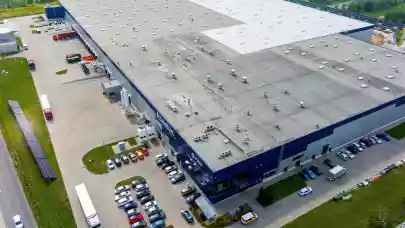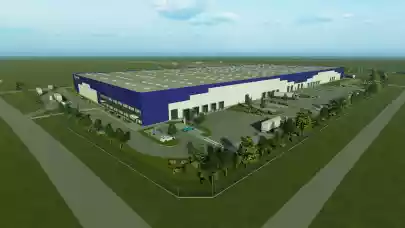
Serbia’s construction market was booming when the economic and geopolitical situation changed, so the complicating circumstances in the world are stifling the potential growth and slowing down the ongoing recovery. Inflationary pressures have exploded with the start of the war in Ukraine and the effects of the current crisis are still unforeseeable, writes Dejan Krajinović from Beobuild Core d.o.o. for EECFA Serbia.
The EECFA (Eastern European Construction Forecasting Association) conducts research on the construction markets of 8 Eastern-European countries, including Serbia.
Although Serbia is not directly involved in the economic war between the EU and Russia, spillover inflation in construction materials and energy will inevitably shake the construction market and its outlook. At the moment, it is very hard to predict the developments as many political and economic decisions in the coming months will actually decide the exact scenario. Inflation has deep roots in EU monetary policies, and it started long before the war in Ukraine, so there is no simple and easy solution. What tools monetary and fiscal authorities will choose to combat inflation will be a crucial factor, but without trade normalization with Russia, any recovery is hard to imagine.
Worse than a high price is an unstable price, and the continuous increase in building material costs is already causing problems in contracting new projects. Construction companies are updating their contracts to allow flexibility in costs, particularly on projects with long deadlines. In 2021, construction costs rose 8.8% against 2020, with a double-digit contribution of construction materials during the second half. This strong negative trend extended with even more steam in 2022, as global commodities reached record prices in decades. The rise in construction material prices reached 17% in Q1 2022, but this is hardly the end. Luckily, until now there has been no shortage of materials on the market, but the disruption in the flow of oil and natural gas could halt production and create serious supply problems across Europe. In order to avoid any shocks, the Serbian government has put a cap on oil prices in retail and revises its levels weekly. Furthermore, the state tax on gasoline has been lowered to mitigate the pressures.
So far, this crisis hasn’t had a significant impact on construction volumes, but this could be just too early to assess. Uncertainty has exploded, but it appears everyone is still waiting for the conclusion. There have been no project halts or cancellations, on contrary, both permits and volumes are still growing in most segments. The second half of the year will be painting a much clearer picture when all current developments take full effect.
Residential construction seems unrelenting as it entered its 8th year of consecutive growth in 2022. The segment is leading the construction of buildings and the outlook is generally positive. Prices were growing faster than costs, interest rates were at historic lows and demand seemed endless. This environment will certainly change, so residential construction will have to adjust as well. The fact that Serbia has a heated and growing economy is excluding any sharp decline in the short term, but mid- and long-term prospects became much dimmer. Following the move of the US Federal Reserve, the Serbian National Bank also started tightening its loose monetary policy by increasing interest rates from 1% to 1.5% in Q1 2022. This is just the first step and further increases are inevitable, so financial conditions will largely change in the coming period, especially the mortgage market and the availability of home loans.
Non-residential construction in Serbia is also standing strong, with some segments cooling off after strong growth cycles. There were some delays during the pandemic, but the realization of planned and ongoing projects continued unabated in 2021. All major segments have been rising in volume, supported by both private and public investments. Still, the latest cycle was already peaking, so some consolidation was expected even without external shocks.
Civil engineering saw record levels in 2021, and we believe another record year is on the horizon in 2022. Key large-scale energy, road and railroad projects in Serbia are already contracted and well underway, so we expect this construction segment to remain a strong contributor to this or next year’s output. On the other hand, prices could affect future contracts and volumes if inflation and stagnation pair up.



